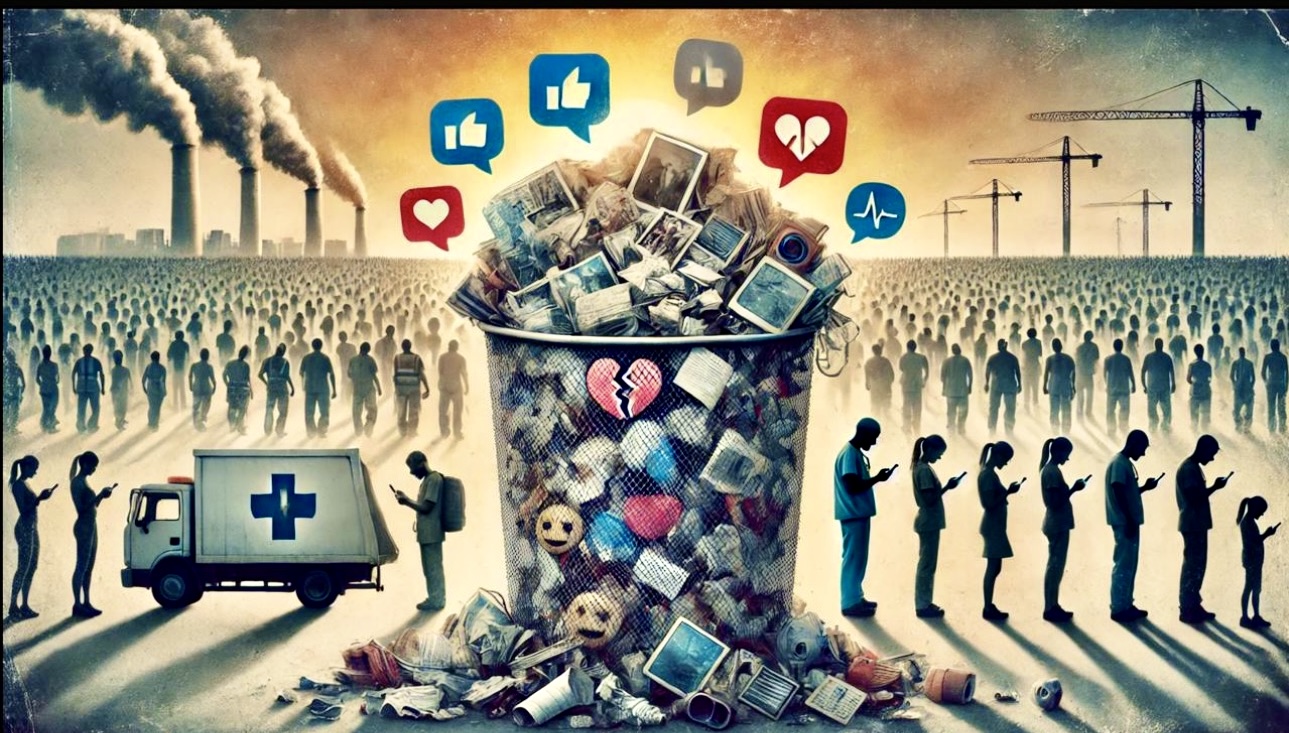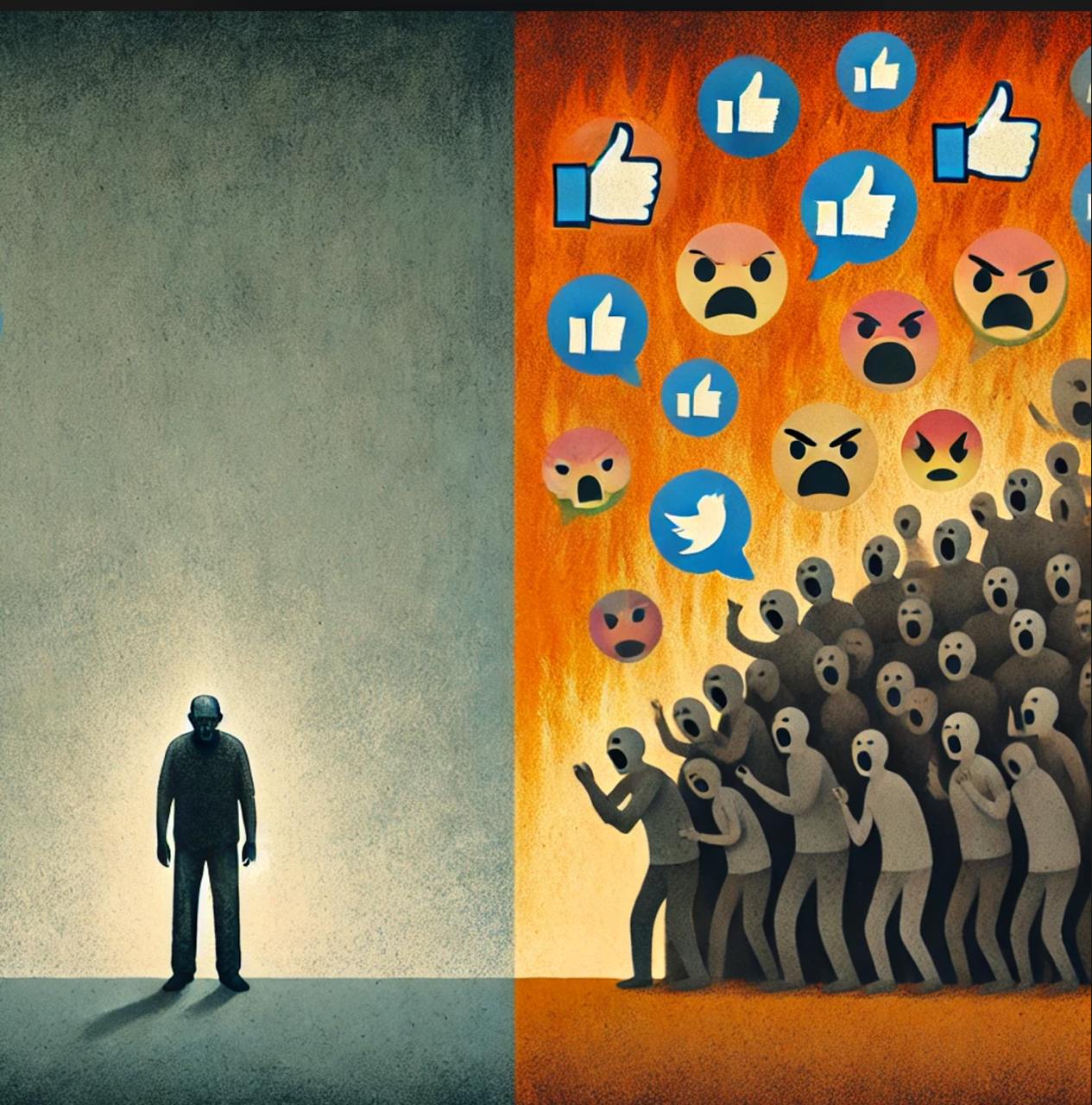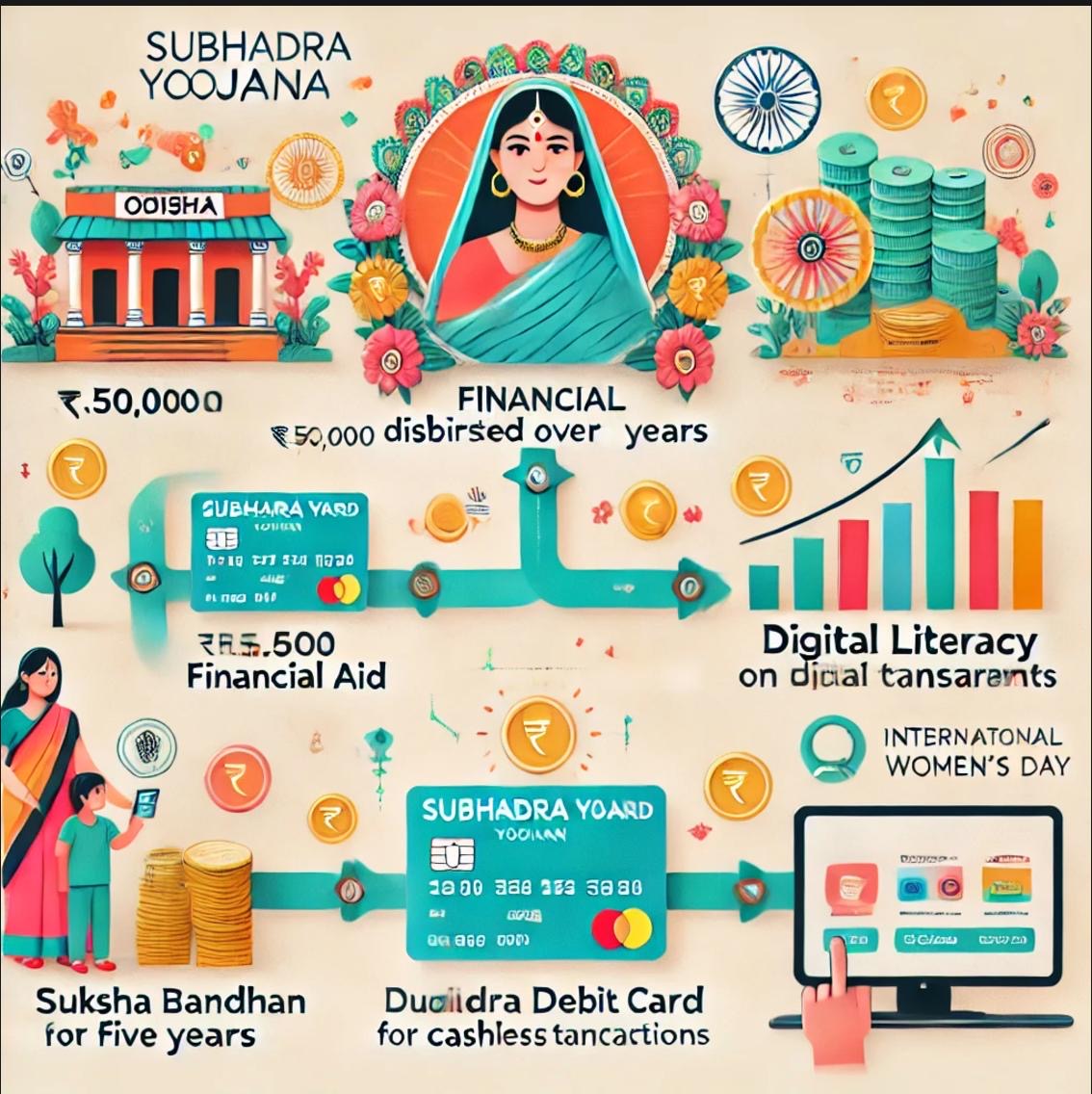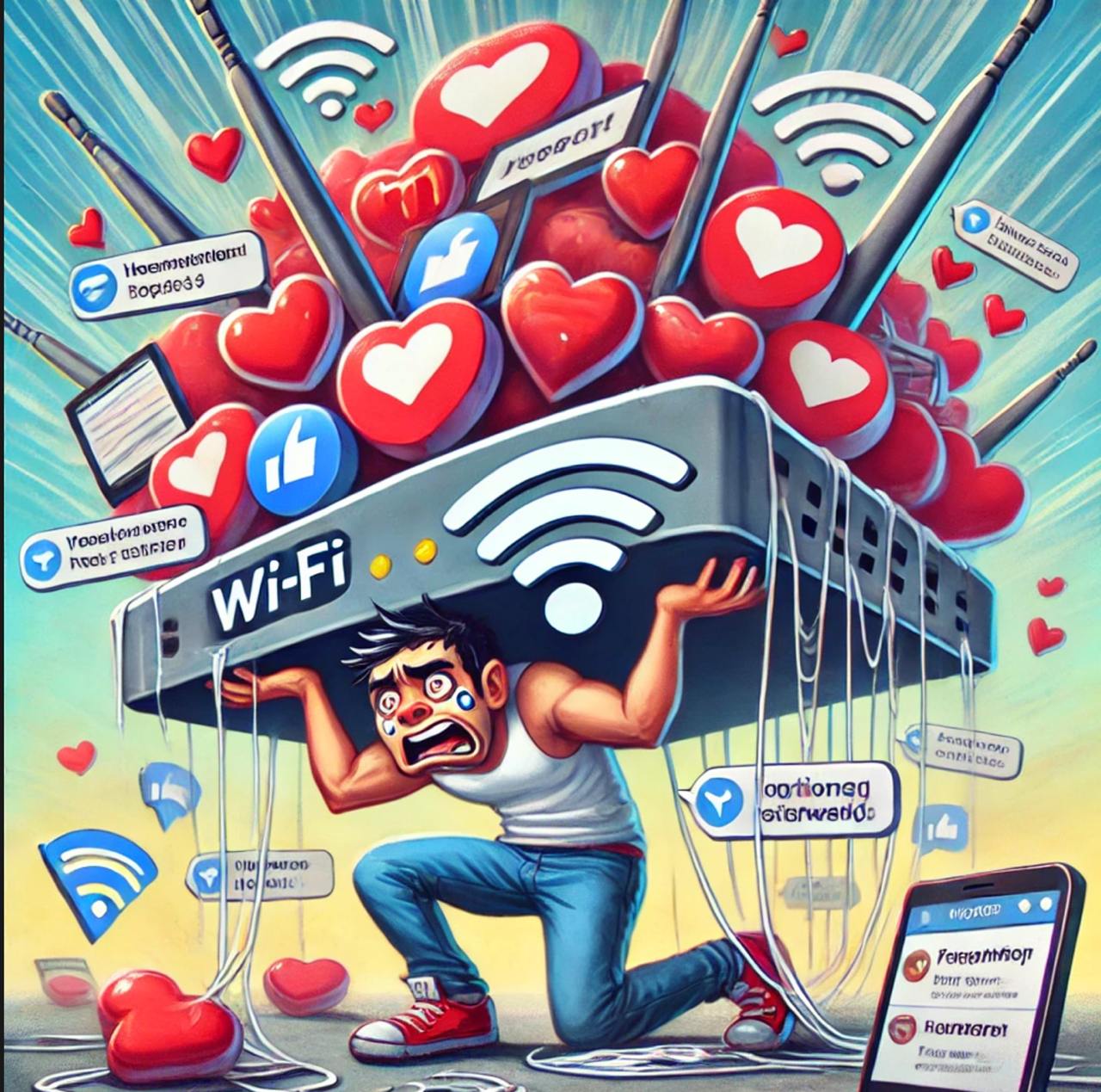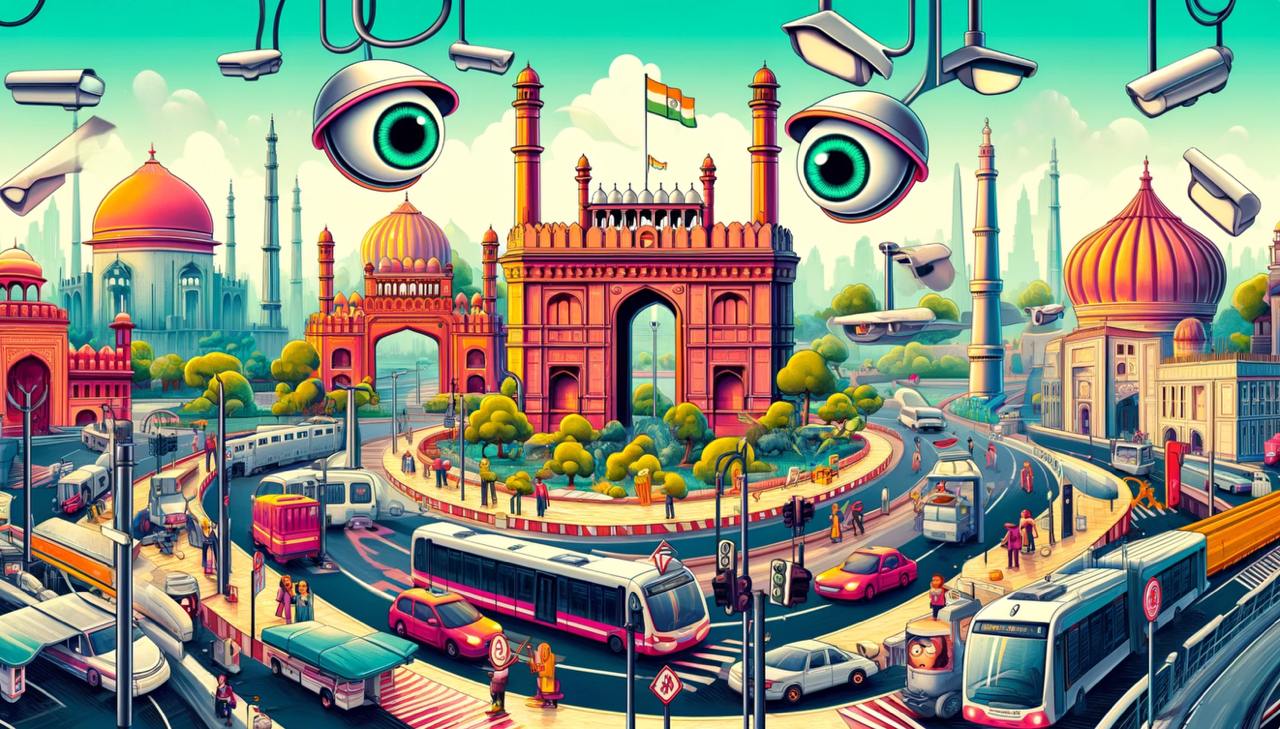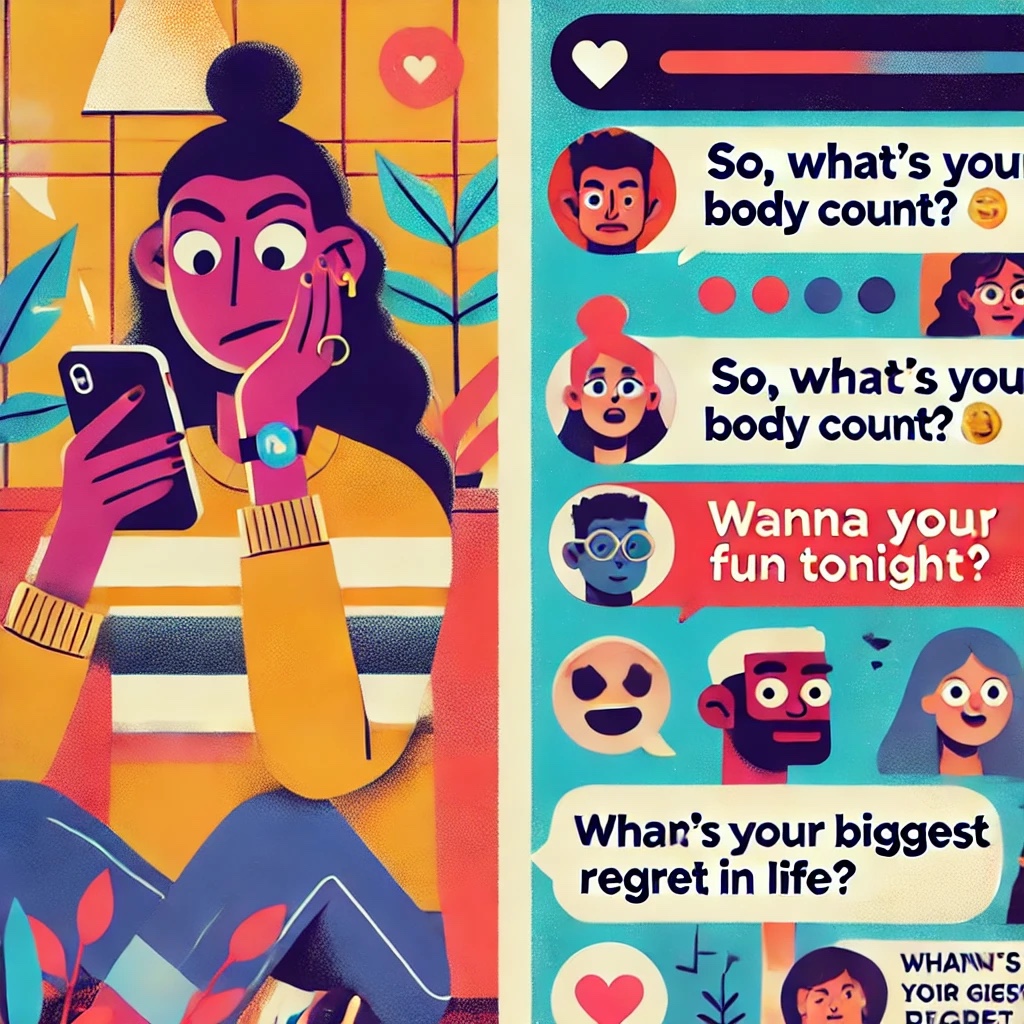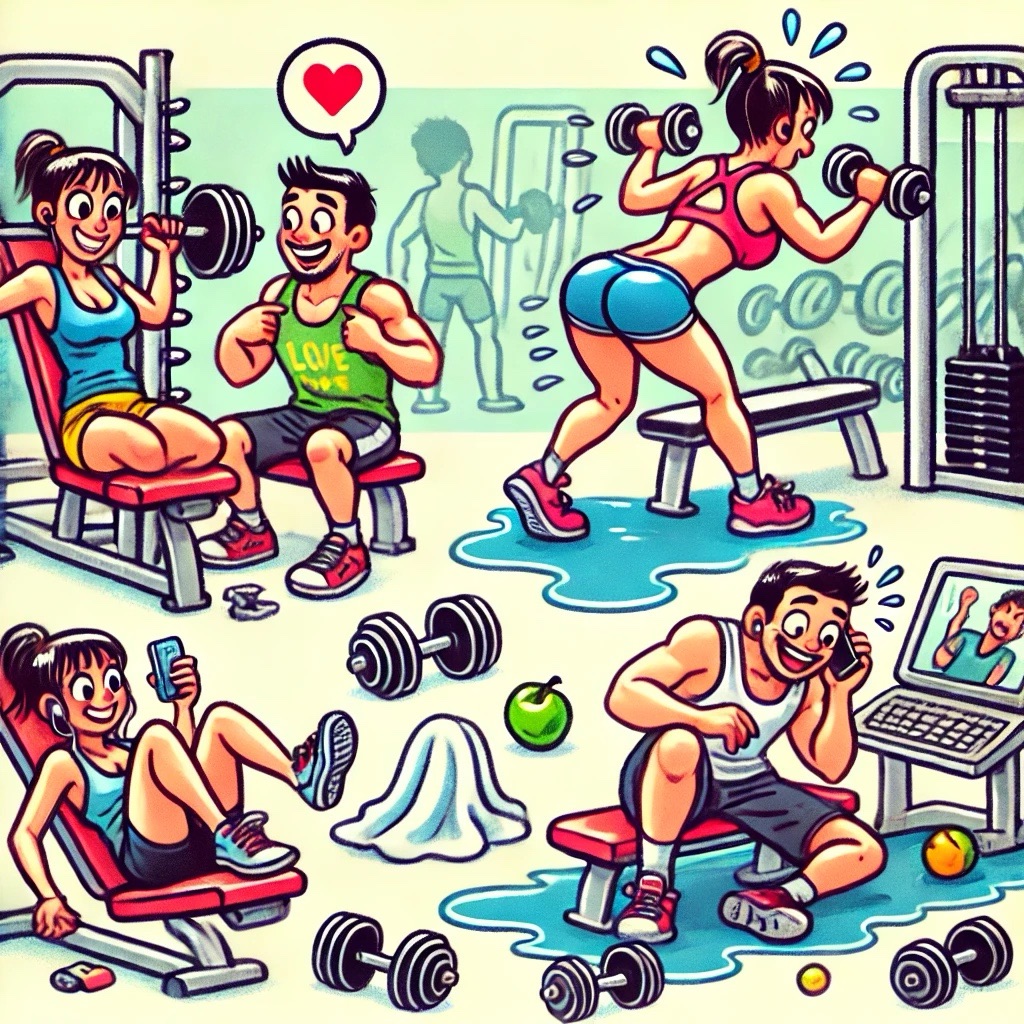Picture this: You log in at 9 a.m., attend back-to-back meetings without saying more than two words, complete tasks on time but with no extra effort, and log off at 6 p.m. sharp. No overachieving, no extra credit. Sound familiar? You might be part of the growing phenomenon called silent resignation, also known as quiet quitting, where employees mentally quit their jobs without actually leaving.
In Indian workplaces, this quiet rebellion is more than just a trend—it’s a powerful statement against toxic work cultures, workplace burnout, and the relentless demands of hustle culture. From tech startups in Bengaluru to corporate towers in Gurugram, employees are drawing the line between work and life. This subtle yet undeniable shift shows that employees no longer want to be cogs in a machine demanding relentless effort without adequate compensation or appreciation.
According to a 2023 Gallup study, 23% of employees worldwide report feeling "actively disengaged," contributing to the rise of quiet quitting.
Quiet Quitting: Why Indian Employees Are Opting Out Mentally
1. The Overwork Epidemic
Indian workplaces have normalized overwork to an unhealthy degree. Employees are expected to respond to midnight emails, attend weekend calls, and “stretch” their limits without complaints. This relentless pace fuels workplace burnout.
The concept of overwork in Indian corporate culture isn’t new, but today, employee productivity has become tied to being “always on.” Instead of fostering achievement, it leads to mental exhaustion. Before realizing it, employees have mentally “checked out.”
According to the World Health Organization (WHO), burnout is officially recognized as an occupational phenomenon caused by workplace stress that isn’t successfully managed (WHO).
Anecdote:
Meera, a digital marketing manager in Delhi, spent months juggling, often skipping meals to meet deadlines. When her efforts went unnoticed, she stopped answering post-work calls. “They wanted 24/7 availability but couldn’t offer basic appreciation,” she says. Today, Meera sticks to her 9-6 routine and no longer accommodates unreasonable demands.
2. Burnout Is Becoming the Norm
The pandemic blurred boundaries between work and home, pushing employees to their limits. Today, many workers are reclaiming their time and energy by quietly disengaging. After years of scrambling for promotions or accolades, they’ve realized that workplace cultures built on overwork don’t deserve their enthusiasm. Instead, they’ve started prioritizing their mental health, physical well-being, and emotional stability.
Research by Forbes highlights that over 80% of employees report feeling burned out, leading to a shift in how employees view their careers.
The Root Causes Behind Silent Resignation
1. The Hustle Culture Myth
“Hustle hard, and you’ll succeed” is a corporate fairy tale that’s losing its charm. Employees are realising that the reward for hard work is often… more work. This myth fuels employee burnout, leaving workers to disengage as they realize the cost of sacrificing their personal life.
Anecdote:
Ajay, a sales executive in Bengaluru, consistently overperformed, hitting quarterly targets every time. Instead of a promotion, he was handed additional accounts to manage—without a pay raise. “It was a wake-up call,” he admits. Today, Ajay does only what’s required, no more.
Harvard Business Review highlights that work-life balance has become a top priority for employees, as they begin to value mental health over excessive hours at work.
2. Micromanagement Over Mentorship
Indian managers often confuse micromanagement with effective leadership. The constant need to oversee, monitor, and “correct” every move crushes morale and engagement. Workplace culture thrives on trust, not constant supervision.
Observation: Trust vs. Control
Micromanagement creates a culture of compliance, not creativity. Employees disengage when they feel their contributions are undervalued or second-guessed. When management focuses too heavily on controlling every aspect of the workflow, it diminishes employee autonomy, leading to lower job satisfaction.
A report from the Society for Human Resource Management (SHRM) notes that micromanagement is one of the leading causes of employee disengagement and turnover.
3. Lack of Appreciation
While Indian organizations demand commitment, they rarely reciprocate with recognition. Employees crave acknowledgment for their efforts, and its absence pushes them to scale back. Employee productivity dips when the effort doesn’t feel worthwhile.
The Productivity Paradox
Employees might still meet deadlines, but their lack of enthusiasm affects overall team spirit, innovation, and long-term success. Silent resignation leads to disengaged employees, which directly impacts productivity and creativity.
Research by Gallup shows that disengaged employees cost companies significantly, with global losses in productivity amounting to over $7 trillion annually.
How Employers Can Address Silent Resignation
1. Recognize Contributions
Even small gestures like verbal appreciation or shoutouts in team meetings can go a long way in making employees feel valued and reducing disengagement. Simple recognition for hard work can reignite motivation.
According to a report by the International Journal of Human Resource Studies (IJHRS), employee recognition is a critical factor in retaining talent and boosting job satisfaction.
2. Redefine “Urgency”
Not every task is a fire drill. Employers need to distinguish between truly urgent needs and poor planning disguised as emergencies. Prioritizing work better can combat employee burnout.
The American Psychological Association (APA) suggests that managing workloads efficiently and setting clear expectations can reduce stress and improve employee well-being.
Conclusion: The Call for Change
Silent resignation isn’t just a trend; it’s a call for change. Employees in India and around the world are tired of toxic work environments, overwork, and a lack of recognition. They’re reclaiming their time, setting boundaries, and advocating for a balanced life.
Organizations need to adapt. Employee well-being, recognition, and mental health should no longer be afterthoughts. Companies that embrace these values will see improved retention, better employee engagement, and ultimately, enhanced productivity.
A study by McKinsey & Company found that organizations that focus on employee well-being are more likely to see higher retention rates and improved productivity.
Call to Action
If you're feeling the burn of silent resignation, share your experiences in the comments below. What boundaries have you set at work? Have you ever found yourself quietly disengaging? Let’s start a conversation about how we can all advocate for healthier work cultures. Don’t forget to share this post with others who might be silently resigning too—it's time to spark the change our workplaces need.



